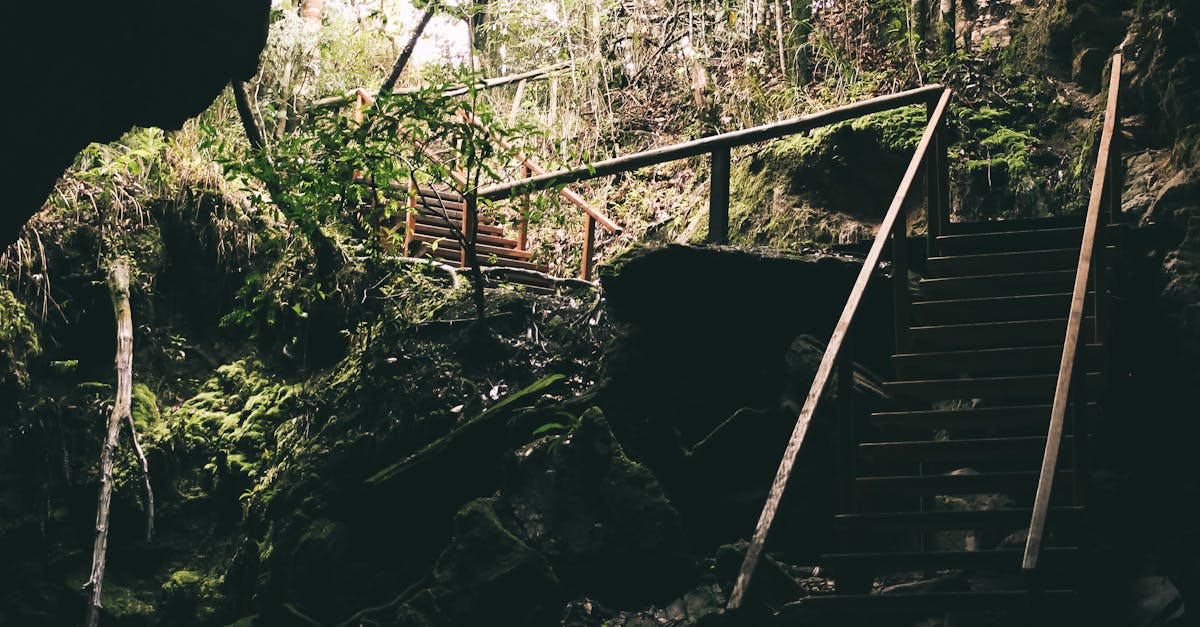While Yellowstone National Park is famously known for its breathtaking Old Faithful geyser, not many people realize that beneath its stunning scenery lies a powerful geological feature: an active supervolcano. This remarkable pair—of striking natural beauty and potential volcanic threats—urges us to delve into the deeper secrets of Yellowstone. By understanding the park’s geological history, we can deepen our appreciation for its current splendor and underscore the importance of monitoring its volcanic activity, which affects both ecology and tourism.
This blog post will explore Yellowstone’s geological history, the science behind supervolcanoes, how they form, and the signs of activity that visitors should keep an eye out for. We will also talk about ways to enjoy Yellowstone responsibly while being aware of its ever-changing character.
The Geological History of Yellowstone
Yellowstone is perched atop a “hotspot” in the Earth’s mantle, making it a prime location for volcanic activity. The park itself was built upon ancient volcanic deposits from massive eruptions that took place millions of years ago. According to geological research, the last significant eruption occurred roughly 640,000 years ago, creating a gigantic caldera.
To truly grasp how Yellowstone’s geological features came to be, it’s important to look at its history, which highlights three major eruptions that dramatically transformed the landscape and climate. Each of these eruptions shaped the caldera that outlines much of the park’s current geography. For detailed geological timelines, the Geology.com website offers extensive insights.
What Is a Supervolcano?
A supervolcano is characterized by its capability to produce colossal eruptions that exceed 1,000 cubic kilometers of material. Unlike regular volcanoes, supervolcanoes can result from immense pressure building up over long periods, leading to devastating eruptions that reshape the land and influence global climates. The Yellowstone area remains geologically active, as evidenced by geothermal features like hot springs, geysers, and mud pots.
According to the United States Geological Survey (USGS), these geothermal elements are clear signs of an active volcanic system. For those keen on geology, visiting the USGS website is highly recommended for a more in-depth understanding of supervolcanoes.
Signs of Volcanic Activity
Even though the chance of an explosive eruption at Yellowstone is low, scientists are continuously monitoring signs of volcanic activity. Some indicators include ground deformation, heightened seismic activity, and fluctuations in temperature among geothermal features. Observing these changes is crucial for natural hazard preparedness, and being aware of them empowers visitors to engage responsibly with the park.
By reviewing data collected by the Yellowstone Volcano Observatory, one can track volcanic patterns and learn about safety precautions tourists should take. For timely data and alerts, the Yellowstone Volcano Observatory is a valuable resource for current statistics and public information.
Safety Measures for Visitors
Visiting Yellowstone National Park requires an understanding of its natural hazards. While marveling at stunning vistas, visitors should remain vigilant and heed warning signs, especially in geothermal zones. It is vital to stick to marked paths and respect park regulations to minimize safety concerns and promote conservation.
Being educated about the natural landscape can enhance both enjoyment and safety. Resources such as the official National Park Service website provide thorough safety tips and park management updates.
The Importance of Awareness
Yellowstone’s unique volcanic terrain offers incredible opportunities for exploration and adventure. However, finding the right balance that respects its natural processes is essential. Being aware of the park’s dormant supervolcano allows visitors to appreciate not only the breathtaking beauty surrounding them but also its underlying geological importance.
By blending recreational activities with a focus on safety and education, visitors can enjoy the park while also supporting its preservation. This awareness fosters a respect for nature and highlights the limits of human curiosity in the face of natural wonders.
Future Outlook on Yellowstone’s Volcanism
The future of Yellowstone continues to attract interest from scientists and enthusiasts alike. As techniques for monitoring seismic activity improve and research evolves, our understanding of supervolcanic systems expands. Ongoing monitoring is crucial for predicting volcanic activity, and with advancements in technology, we may soon have even more reliable forecasting methods.
Moreover, the rising public interest in geology and environmental stewardship might lead to increased advocacy for the preservation of natural spaces. As we stand awestruck by the beauty of Yellowstone, let us commit ourselves to protecting and sustaining this unique landmark.
Conclusion
Yellowstone National Park stands as a stunning example of nature’s raw power, and its hidden supervolcano adds an intriguing layer to its charm. Gaining insight into the geological processes behind its beauty invites us to engage more meaningfully with the park while respecting its dynamic nature.
Understanding volcanic signs, practicing responsible tourism, and staying informed through ongoing research will help ensure the park’s stability and the safety of its visitors. By fostering a knowledgeable relationship with Yellowstone, we can enjoy its features while safeguarding its future for generations to come.
